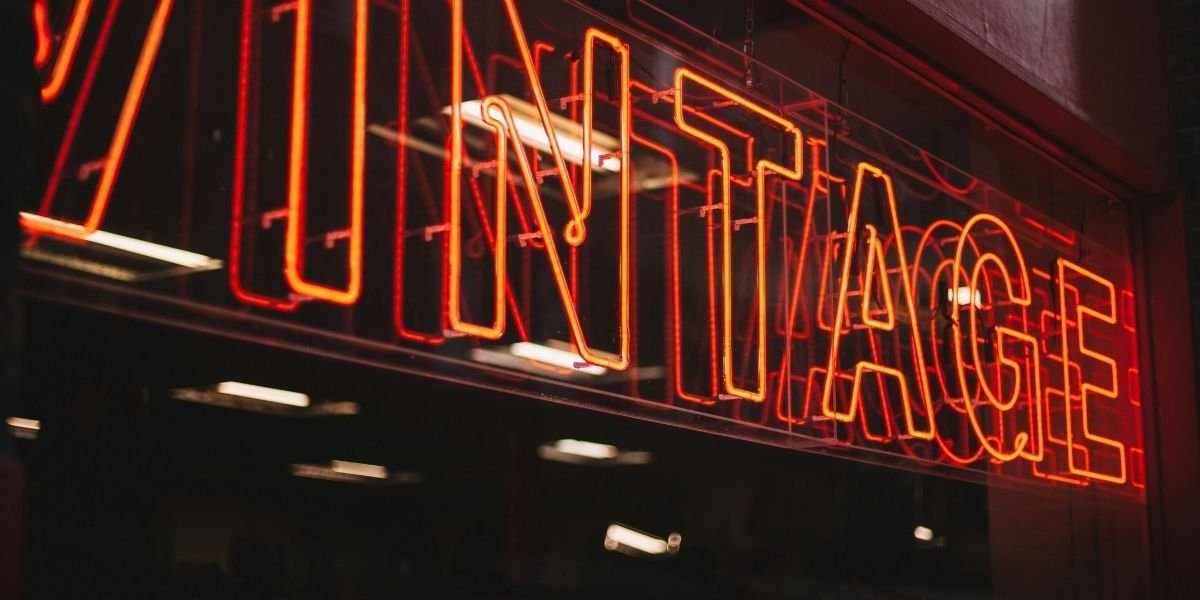What Are Public Art Installations and Why Do They Matter?
Public art installations are artistic works placed in public spaces, where they engage with the community in unique and thought-provoking ways. These installations are more than just decorations; they often serve as tools for reflection, dialogue, and even social change. So, why are public art installations so important in modern society?
Read Also: Breakup Ballads and Powerhouse Anthems: Why We Can’t Stop Singing About Our Exes
How Do Public Art Installations Impact Communities?
Public art installations have the ability to transform public spaces. They can turn an ordinary park, plaza, or street into a lively, dynamic environment that invites people to pause and appreciate the world around them. Public art installations often reflect the culture and identity of the community in which they are placed, making them an important part of local history and heritage.
Beyond their aesthetic value, these installations can foster a sense of community. They encourage interaction, conversation, and sometimes even participation from the public. When people come together to appreciate or discuss art in shared spaces, it can strengthen social bonds and create a collective sense of pride and ownership in the space.
What Are Some Famous Examples of Public Art Installations?
Across the world, there are many renowned public art installations that have captured the imagination of millions. For instance, Christo and Jeanne-Claude’s “The Gates” in Central Park, New York, consisted of 7,503 gates, each with an orange fabric hanging from the top, transforming the park’s pathways into a surreal, vibrant experience. It was a stunning example of how art can reshape a familiar environment and offer a new perspective.
Similarly, Antony Gormley’s “Another Place”, a series of life-sized iron castings of the artist’s body, placed on the beach at Crosby, England, explores the relationship between humanity, nature, and place. The installation, which has been on display for years, has become an iconic feature of the landscape, blending art with the natural world in a powerful way.
How Do Public Art Installations Reflect Social and Political Themes?
Public art installations often serve as platforms for addressing contemporary social and political issues. They can act as vehicles for activism, offering a public space where societal concerns are brought to light. For example, Ai Weiwei’s “Sunflower Seeds” installation at the Tate Modern in London invited reflection on the themes of mass production, individualism, and the role of China in global economics.
Art can be a powerful way to bring attention to critical issues such as environmental conservation, inequality, and freedom of expression. Public art installations often prompt viewers to think critically about the world around them, raising awareness of global challenges and encouraging public discourse. In this way, art can serve not only as decoration but also as a catalyst for social change.
How Are Public Art Installations Funded and Supported?
Funding for public art installations can come from various sources, including government grants, private donations, and nonprofit organizations. Public institutions such as museums, art councils, and local governments often collaborate with artists to bring large-scale works to life. These installations are seen as valuable investments in the cultural and economic vibrancy of a community.
In many cities, public art is considered a vital part of urban development, with dedicated budgets set aside for the creation of art in public spaces. This funding ensures that art remains accessible to everyone, not just those who can afford to visit galleries and museums. Moreover, public art installations can contribute to the revitalization of underdeveloped or neglected areas by attracting visitors and sparking interest in the region.
How Do Public Art Installations Benefit Local Economies?
The impact of public art installations extends beyond cultural enrichment—it can also benefit local economies. When large-scale art pieces are placed in public areas, they often attract tourists, which in turn boosts local businesses. Cafes, shops, and hotels in the vicinity of popular installations frequently see an increase in foot traffic.
Moreover, these installations can help to rebrand areas, transforming previously overlooked locations into cultural destinations. This process, known as “placemaking,” can increase property values and attract investment into the area, benefiting the local economy in both direct and indirect ways.
What Are the Challenges of Public Art Installations?
While public art installations are generally well-received, there are challenges to creating and maintaining them. One of the primary concerns is the cost involved in commissioning large-scale works. Public art installations often require significant financial resources, not only for the creation of the work but also for installation and ongoing maintenance.
Another challenge is the potential for controversy. Public art, by nature, invites public interpretation, and not everyone will agree on its value or meaning. Some installations may provoke strong reactions from the public or even from political groups, especially if they address sensitive issues or challenge societal norms. In these cases, public art can spark important debates, but it also requires careful planning and dialogue to ensure that it contributes positively to the community.
How Can You Get Involved with Public Art Installations?
For individuals interested in supporting or participating in public art installations, there are many ways to get involved. Local arts organizations often host events or exhibitions that highlight public art projects, offering opportunities for people to learn about and engage with new works. Volunteering for these events or attending public discussions can help foster a deeper connection with the art in your community.
Artists and activists often welcome collaboration with community members, particularly in projects that aim to address local issues or celebrate regional culture. For those interested in making a difference, getting involved in public art is a rewarding way to contribute to the cultural landscape and foster community development.
Read Also: The Value of Authenticity: Being True to Yourself On and Off the Stage
What Does the Future Hold for Public Art Installations?
The future of public art installations looks promising, with new technologies and approaches continually shaping the landscape. Digital art, augmented reality (AR), and interactive installations are becoming more common, offering audiences even more immersive and engaging experiences. As urban spaces evolve, public art will continue to play an essential role in shaping the identity of cities and fostering connections between people.
Through innovation and collaboration, public art will remain a vital part of the cultural fabric, offering a platform for creativity, conversation, and community building.















